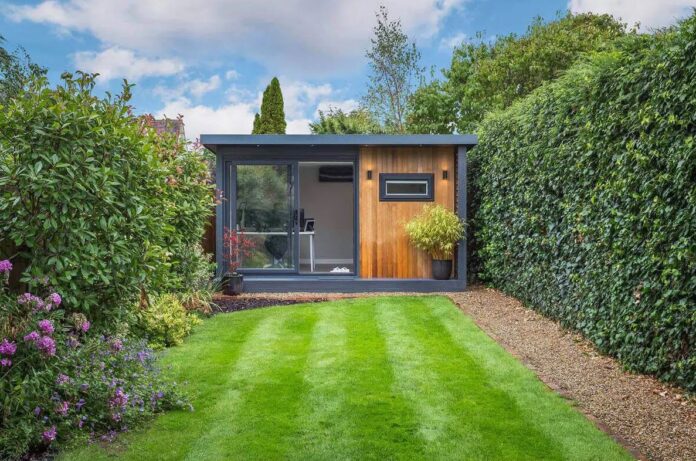Working from home has never been more convenient. Flexible working hours as well as the rise of new small enterprises mean that there is a growing workforce eager to do exactly that, and what better location to do it than a garden office or studio. Here are some pointers on how to construct a modern garden offices, but don’t forget to consult your builder or the local planning commission before getting started.
The garden office is an excellent place to work from home, and there are several benefits to doing so. Because there are so many conflicting demands on space, carving an office from our existing space may be tough. Furthermore, many self-employed persons feel that they need to get away from the distractions of home life — the commute to work, albeit a stroll down a path, is an important commute that keeps home and works life apart.
Careful planning
Most buildings offered by specialized home office rambuildingconsultancy.co.uk will coniorm with or be exempt from planning clearance in most cases. This has to do with the building’s volume and total height. Garden offices should not take up more than half of the garden space, and heights should be limited to 3m for flat roofs and 4m for ridged roofs. Structures should not be placed between the home and the road, with a standard distance of 20 meters being used. Any constructions that do not follow these fundamental guidelines will be subject to planning approval. It’s a good idea to double-check the rules here.
Without appropriate planning approval, no garden office with a volume of more than 10m3 can be created in conservation zones. Although this might be constricting, informal interactions with local planners could be beneficial. Similar restrictions will apply to gardens in Areas for Important Bird and National Parks, and the laws will need to be examined. Specific restrictions, sometimes in the form of a ‘curtilage,’ will apply to gardens linked with listed buildings. This refers to an ill-defined area around the structure where little or nothing may be constructed. Discussions with the local planning office before making plans will be beneficial once again.
KEY POINTS TO TAKE AWAY
- Compare the various garden office firms, unless you want to design and build your own garden office. The product varieties themselves are vast, ranging from classic to contemporary, useful to beautiful. Have a clear notion of what you want because the options will be numerous.
- A garden office might cost anything from £500 to £2,000 per square meter (ex VAT). In general, this is less expensive than adding on an addition. However, when you get closer to the top of the market, the line between the two starts to blur. Consider how much money you’ll save on transportation, office rent, and other expenses.
- When debating and developing your ideas, keep site access in mind. For example, many urban gardens have limited or no access other than via the home. Because this is largely unfeasible, materials and panels have to be craned in or carried through the house if at all possible. This might significantly increase your expenses.
- Before beginning the project, call your local building office to find out what is acceptable and what will require particular planning authorization. It will provide you with a wealth of important information that will save you time and money in the long run.
- Garden structures larger than 30 square meters must adhere to building codes; submit suitable applications to your architect or the local planning office.


